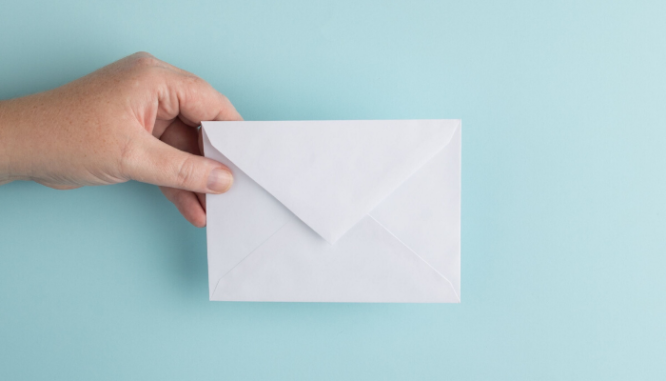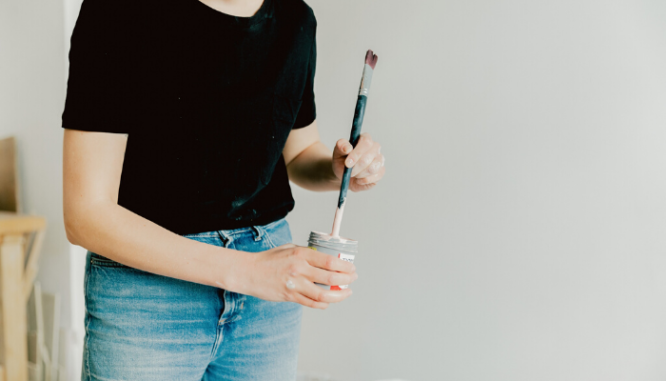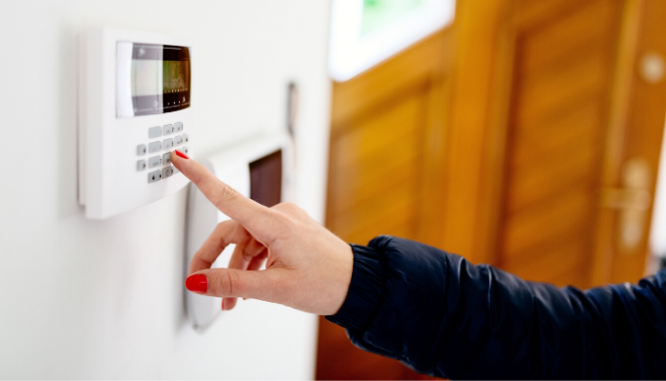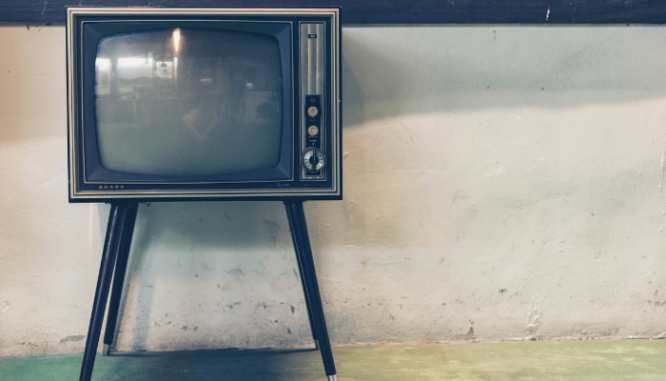The Ultimate List of What To Do When You Buy a Home
So you’ve bought a house. Congratulations! You’re done, right?
Buyers — especially first-time buyers — can feel like they’ve just finished running a marathon after buying a house. But it’s not over yet! You still have to move in, customize the house to your needs, and make sure you’re prepared for the rigors of homeownership.
Here’s a complete list of what you need to do after buying your home.

Source: (erica steeves/ Unsplash)
Set up your new address everywhere
Now that you’re in your new digs, people need to be able to find you. Make sure to notify your friends and family. You want to get all your holiday cards, right?
Next is your employer — this one is important and frequently forgotten, so make sure you drop your HR department a line so they can update their records.
Don’t make the mistake of forgetting your creditors! The last thing you want is a ding to your credit score because a bill went to the wrong place.
Finally, the U.S. Post Office needs to know your new address. Set up mail forwarding from your old place to your new home to make sure you don’t miss any important correspondence.
Insurance
You probably set up homeowners’ insurance while you were processing your mortgage paperwork, which is great. But your address can affect your car insurance as well, so make sure to check in with your insurance company to confirm that your car insurance is sufficient.
Talk to your agent about how your big, new asset affects your other insurance products — many agencies offer a bundling discount, so don’t leave money on the table by not bundling all your insurance products.
Do you need flood insurance? Even if FEMA doesn’t require it, it might be a good idea to add it, since floods are the most common natural disaster in the U.S. and cause thousands of dollars in damage every year.
And what about earthquake insurance? If you’re on the West Coast, don’t make the mistake of thinking your homeowners’ policy will cover you in an earthquake — it won’t. The California Earthquake Authority has a premium calculator on their site, although you do have to purchase insurance through a participating insurance company.
Do you need to document your belongings for your new homeowners’ insurance policy? Homeowners’ policies contain a section about insuring the contents of your home, and it’s a good idea to create a home inventory so you know what level of insurance you need. If you’re unsure of where to start, ask your agent about the best way to do this — and make sure you store the documentation somewhere safe.
Home warranties
Are you going to buy a home warranty? Now is the time! Home warranties cover a whole host of things, from air conditioners to plumbing to simply rekeying your house.
The Tosello Team will try to negotiate a home warranty to be paid by the seller for a year or so.

Source: (Daniel Faro/ Death to the Stock Photo)
Cleaning and painting
A lot of buyers aren’t organized enough to clean and paint before they move in, but it makes everything easier if you can swing it!
Try to get at least a thorough cleaning done before you move all your stuff in, and if you can, get all your painting done. It’s much easier to paint an empty room than a room packed with furniture.
Your new home might not have any window treatments; if not, they should be at the top of your list of things to purchase.
Check to see if the house has horizontal and vertical blinds, and make sure you like the style. If not, make a list of all the windows that need treatments and the measurements of those windows so you have it handy at the hardware store or when you’re ordering online.
Get to know your new home
In case of emergency, you definitely need to know where everything is in your new home!
First, the main water shut-off valve — sometimes this is in the garage. Make sure you know how to shut off your water in case a faucet breaks or a sink starts leaking.
Next, find the circuit box and make sure your fuses or switches are well-labeled. Nothing is more frustrating than blowing a fuse and having to check each one individually because nothing is labeled. And you might be surprised — sometimes fuses from different parts of the house are tied together on one switch, so do your homework early and don’t be left scratching your head during an outage.
Find the gas shut-off valve, if applicable. During a natural disaster, the first directive is often to shut off the gas, so it’s super important to know where the gas shutoff valve is. If at some point you smell gas in the house and need to shut it off, you don’t want to have to go searching for the valve while your house fills with gas.
If you have a sump pump, make sure to test it. Sump pumps are amazing if they’re used correctly, but if not, they can lead to thousands of dollars worth of damage. They are located in the basement or crawl space of a home, and they ensure that if there is standing water in your home, it is pumped out into your storm sewer or a containment pond. The Roto Rooter website has some great step-by-step videos for checking your sump pump and maintaining it properly.
In the United States, more than 20% of homes rely on a septic system for treating wastewater. If you fall into this category, you’ll need to perform regular maintenance on your septic tank to make sure you don’t end up with a malfunction.
It’s a good idea to hire a professional to inspect your septic system, if you didn’t do so during closing of your loan. Septic tanks need to be pumped every three to five years, so make sure you have all the details on when maintenance was last performed on your system. There are different types of septic systems and several variables that can affect how they function, so hiring a professional in this case is probably your best bet.

Source: (Daniel Jedzura/ Shutterstock)
Security
Make sure that before you move into your new home, you change all the locks, garage codes, and security codes. You don’t want the previous homeowners (or their friends) to have access to your house because you forgot this important step.
If you are putting this off, check for hidden spare keys on the property in places like the tops of door frames and under rocks on the porch. (But your best bet is to change the locks ASAP.)
Have extra keys made so you can get in if you’re locked out! You don’t want to have to chance breaking one of your new screens or windows by crawling through when you’re stuck outside. You can get hide-a-key rocks and figurines online, so hide one in your yard or garden and ensure you’re never locked out.
Reset any security codes — garage, alarms, even locks sometimes have security codes, so make sure you change all of the codes before settling into your new digs.
Safety
Water in your new house running too hot or too cold? Check the heat on your water heater and reset it if you aren’t comfortable with the temperature setting.
Make sure your smoke and carbon monoxide detectors are working. Carbon monoxide is called “the quiet killer” for a reason — it is odorless, colorless, and leaks are soundless, so there is no way to know if it’s in your house unless you have a working carbon monoxide detector. Replace the batteries in all smoke and carbon monoxide detectors around your new home to make sure they’re in working order.
Place fire extinguishers in the house — there should be one in the kitchen and one on each floor of the house. And set up an emergency kit and place it somewhere you’ll remember, making sure to check it every six months for expired products. Emergency kits should include items like:
- A three day supply of non-perishable food (don’t forget pet food, too)
- One gallon of water per person per day, and more if you have pets
- A battery powered or hand-crank radio
- A first aid kit
- Flashlight
- Batteries
- A manual can opener
- Prescription and non-prescription medications
- Cash, preferably in small bills
- A change of clothing for each person
- Matches
- Fire extinguisher
- Feminine supplies
You can tailor your emergency kit, so sit down and make a list of those day-to-day items your family needs.

Source: (Sven Scheuermeier/ Unsplash)
Living
Once you’re in your new home, set up your utilities, including gas, water, electric, Internet, and cable/television. Then, set up autopay everywhere you can to keep your credit pristine and avoid missing any utility payments. Check all the lights in your new house and replace any bulbs that are out.
Make a maintenance plan
Your new house requires maintenance not included in everyday cleaning and tidying up. These duties include:
- Dryer hose and vent: Your dryer can become a fire hazard if the vents and duct are not cleaned often enough. Make sure you check your dryer at least once a year to make sure everything is working properly — more often if there’s a problem.
- HVAC filters and maintenance: HVAC filters are fairly easy to change, once you know where they are, and should be swapped out every one to three months. Some air conditioning and furnace systems have a washable filter that you can take out and rinse off, so make sure you check to see what you have when you move into your new home.
- Refrigerator: Simple maintenance can significantly increase the life of your refrigerator. Empty your ice bins monthly. Every three months, clean the condenser coils and inspect the door gasket. Newer fridges have insulated coils, so cleaning won’t be necessary. Every six months, replace the water filter and clean the drain hole, if applicable.
- Water heater: Once a year, drain your water heater and rinse out any sediment that has collected in it. If you have a tankless water heater and live in an area with hard water, think about having a pro come out once a year and descale it.
- Gutters: Make sure to clean your gutters at least once a year — more frequently if you have trees on your property. Not cleaning your gutters can lead to serious damage to your home, including mold and even ruining the foundation.
Introduce yourself to the neighbors
Go and say hello to your new neighbors! Neighbors can be an incredible resource for the goings-on in the neighborhood, and can also give recommendations for handymen, landscaping, and so on.
Does your neighborhood have a neighborhood watch? Are there neighborhood meetings you should be attending? Does the neighborhood have an annual block party or barbecue? NextDoor, a social network specifically for your neighborhood, is also a great way to stay informed about events, sharing safety tips, and even finding babysitters/house sitters. If you’re unsure about how to introduce yourself, a small party can be a great icebreaker for meeting your neighbors as well.
Documents
First and foremost, if you don’t have a fireproof file box, get one to store your important documentation in. Make sure you have copies of your mortgage documents and insurance documents stashed somewhere safe (like in the fireproof box).
Do you have a will? If you don’t, you probably should now that you have a large asset. If you do have a will or any other inheritance documents, be sure to have your lawyer rewrite it to include your new home.

Source: (Nagesh Badu/ Unsplash)
Homesteading
Homesteading, in basic terms, is a commitment to self-sufficiency, and it has become a popular trend in recent years. It can encompass growing your own food, raising animals, and producing your own energy, among other things.
If you’re interested in homesteading, be sure to see if there’s an opportunity in your county, and fill out any paperwork necessary to get you started.
Start saving for emergencies
Now that you’ve got your dream home, the last thing you want is to be hit with an emergency that you’re not financially prepared to cover. Try to put away at least 1% of your paycheck, more if you can, so you’re not in trouble if problems do pop up.
Whether you’re a first-time homebuyer or buying your second or third home, these are the steps you should take after buying a new home. If you’re looking for more guidance, check out HomeLight’s article on settling into your new home.
Find "The One"
Your dream home awaits! We're here to guide you through the simple steps to a buyer's success.
Time For a Change?
Get excited about your next chapter! We bring patience, compassion, and calmness to what most consider an overwhelming process.




